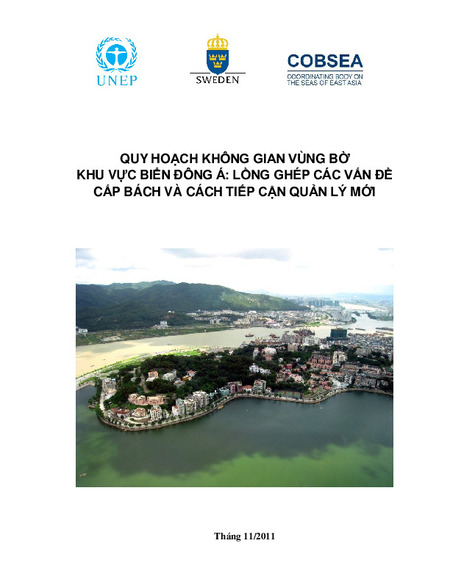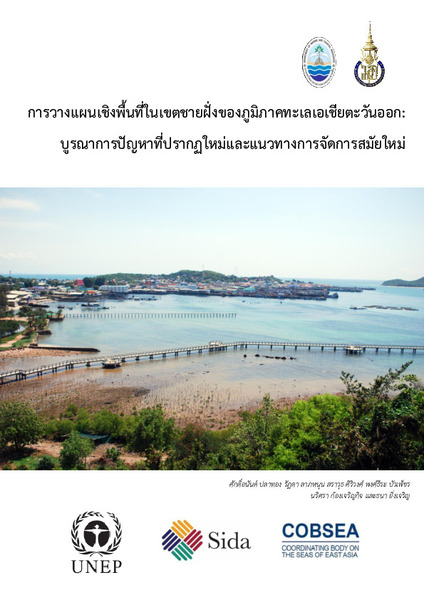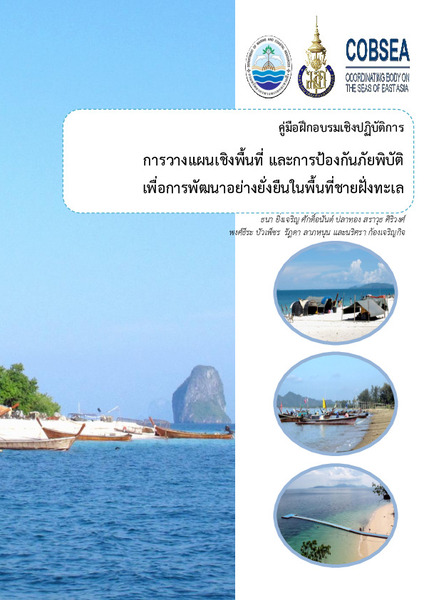Global Mangrove Extent Much Smaller than Previously Estimated - UNEP Global Environmental Alert Services (GEAS) - October 2010

Date
2010Author
United Nations Environment Programme
Citation Tool
Bibliographic Managers
RT Generic T1 Global Mangrove Extent Much Smaller than Previously Estimated - UNEP Global Environmental Alert Services (GEAS) - October 2010 A1 United Nations Environment Programme YR 2010 LK https://wedocs.unep.org/20.500.11822/8813 PB AB TY - GEN T1 - Global Mangrove Extent Much Smaller than Previously Estimated - UNEP Global Environmental Alert Services (GEAS) - October 2010 AU - United Nations Environment Programme Y1 - 2010 UR - https://wedocs.unep.org/20.500.11822/8813 PB - AB - @misc{20.500.11822_8813 author = {United Nations Environment Programme}, title = {Global Mangrove Extent Much Smaller than Previously Estimated - UNEP Global Environmental Alert Services (GEAS) - October 2010}, year = {2010}, abstract = {}, url = {https://wedocs.unep.org/20.500.11822/8813} } @misc{20.500.11822_8813 author = {United Nations Environment Programme}, title = {Global Mangrove Extent Much Smaller than Previously Estimated - UNEP Global Environmental Alert Services (GEAS) - October 2010}, year = {2010}, abstract = {}, url = {https://wedocs.unep.org/20.500.11822/8813} } TY - GEN T1 - Global Mangrove Extent Much Smaller than Previously Estimated - UNEP Global Environmental Alert Services (GEAS) - October 2010 AU - United Nations Environment Programme UR - https://wedocs.unep.org/20.500.11822/8813 PB - AB -View/Open
Item Statistics
Display item statisticsMetadata
Show full item recordDescription
As confirmed by the impacts of the December 2004 Asian tsunami and Hurricane Katrina in 2005 intact mangroves help stabilize shorelines and thus protect lives and property from such natural disasters. They also provide other ecosystem services such as breeding and nursing grounds for marine species and sources of food medicine fuel and building materials for local communities. In addition living mangroves store carbon keeping it out of the atmosphere. It is possible that mangroves and the soils they grow in could sequester about 22.8 million metric tonnes of carbon each year. Mangrove forests occur between the sea and land and are thought to cover about a quarter of the world's tropical and subtropical intertidal zones mostly between 5° N and 5° S latitude. Research reveals that the forests have been declining at an alarming rate however' perhaps even faster than inland tropical forests' and much of what is left is degraded.
Collections
Document Viewer
To read more, scroll down below.
Related items
Showing items related by title, author, creator and subject.
-
Viet Nam Regional Resource on Coastal and Marine Spatial Planning
United Nations Environment Programme; Coordinating Body of the Seas of East Asia (2011-11)The Viet Nam regional resource document considers spatial planning in coastal areas in East Asia, with a focus on preventing/reducing the impacts of emergency issues, including natural disasters, climate change and ... -
Thailand Regional Resource on Coastal and Marine Spatial Planning
Coordinating Body of the Seas of East Asia; Swedish International Development and Corporation Agency; Department of Marine and Coastal Resources (2012)The Thailand regional resource document considers spatial planning in coastal areas in East Asia, with a focus on preventing/reducing the impacts of emergency issues, including natural disasters, climate change and ... -
Thailand National Resource on Coastal and Marine Spatial Planning
Coordinating Body of the Seas of East Asia; Swedish International Development and Corporation Agency; Department of Marine and Coastal Resources (2012)The Thailand national resource report on spatial planning in coastal areas, with a focus on preventing/reducing the impacts of emergency issues, including natural disasters, climate change and sea-level-rise, considers ...




